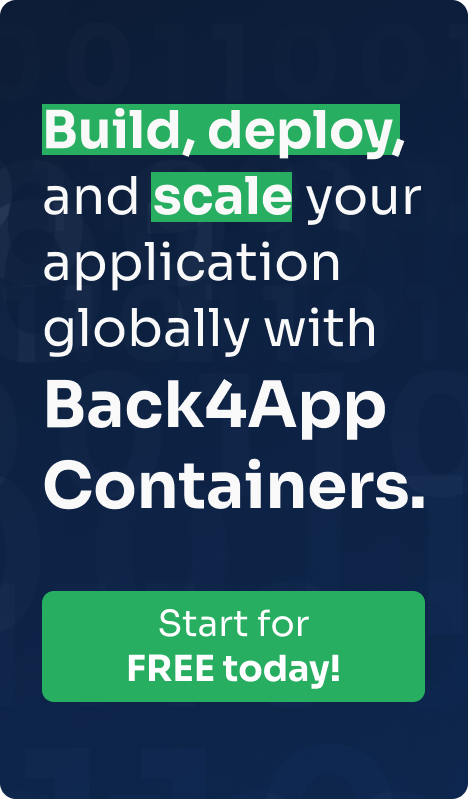Google App Engine and Firebase are both popular backends for the development of agile and high-performance applications. There are pros and cons to using each and the choice depends on your needs. Take a detailed look into both backend platforms below.
Read MoreGoogle App Engine Alternatives
Many businesses and developers rely on the Google App Engine as a reliable platform for developing, deploying, and maintaining applications.
It offers various advanced features and functionalities to developers but also has some limitations that cannot be ignored.
Google App Engine alternatives are worth looking at if you want to power up your development projects.
Read More


